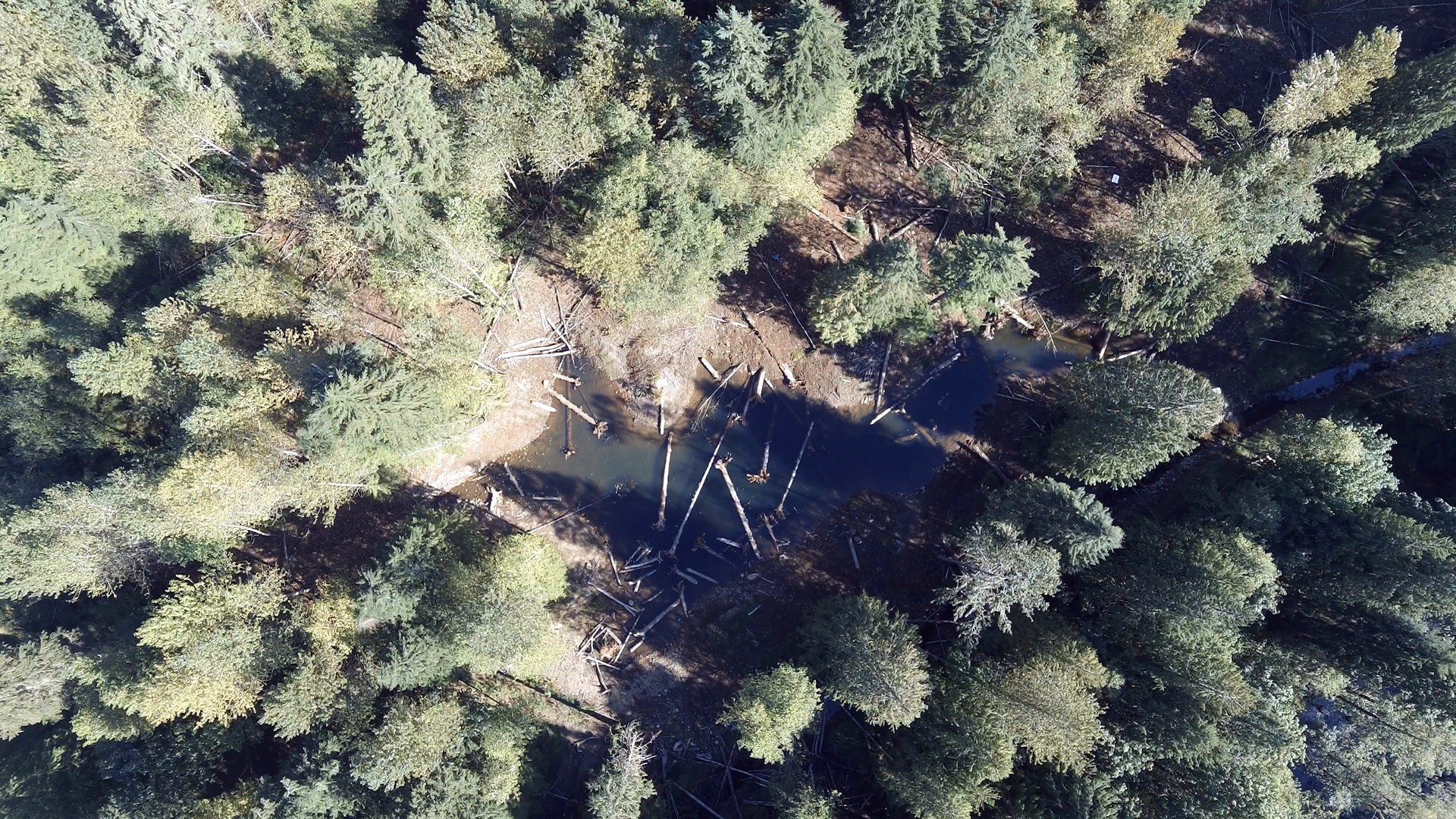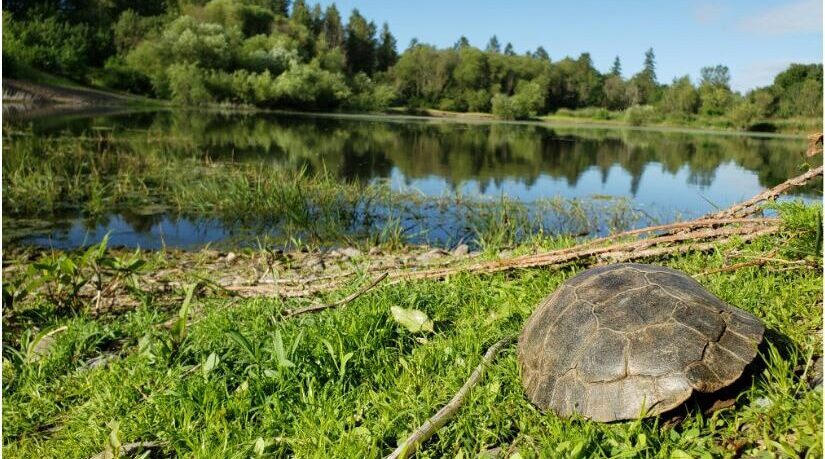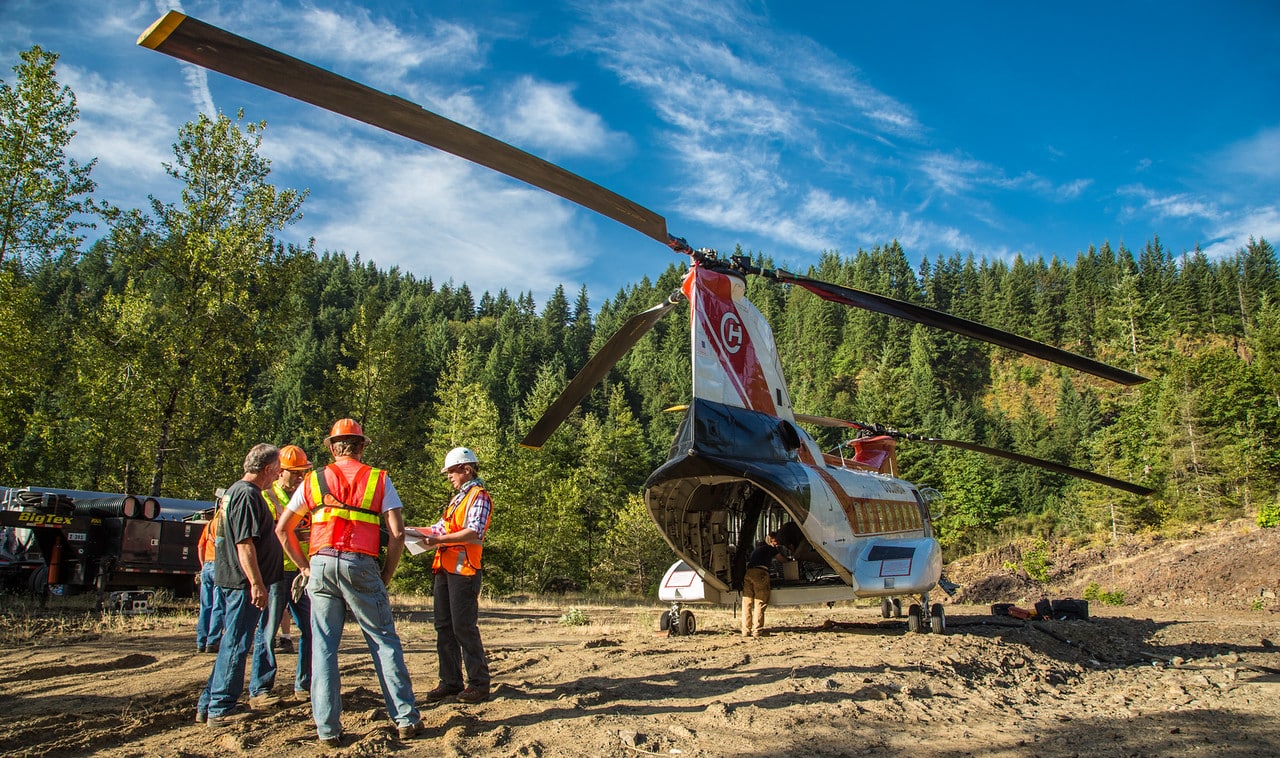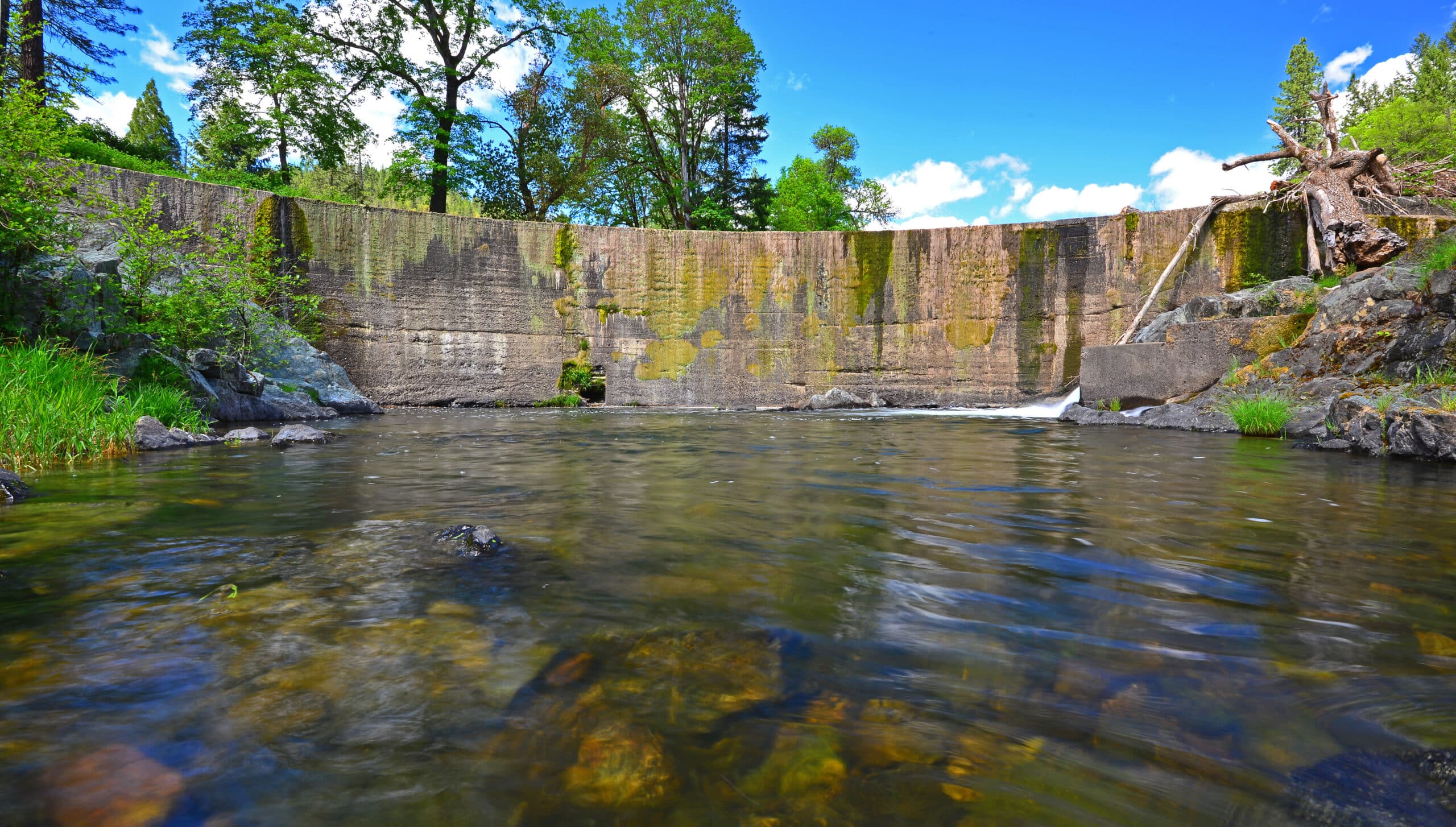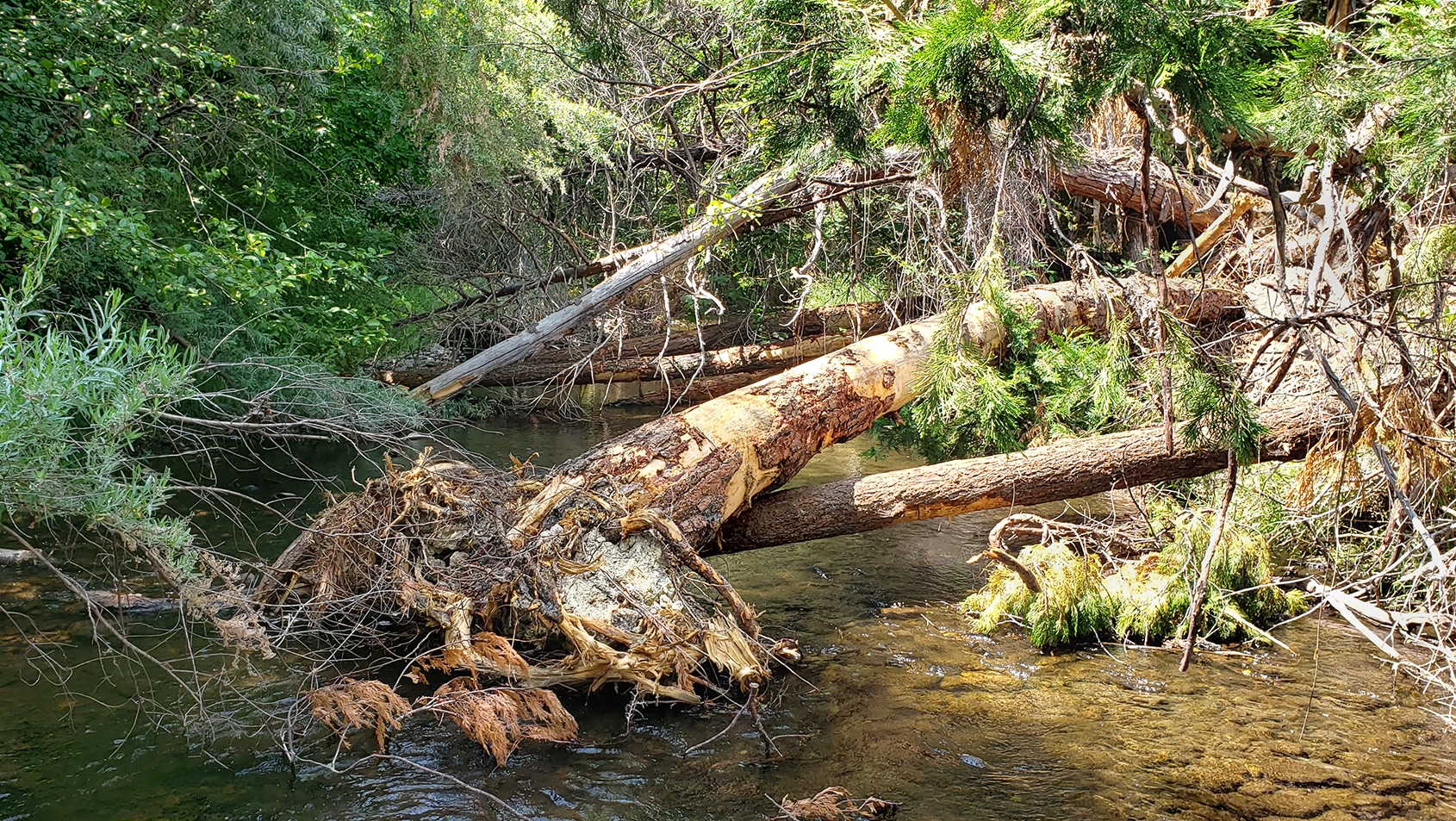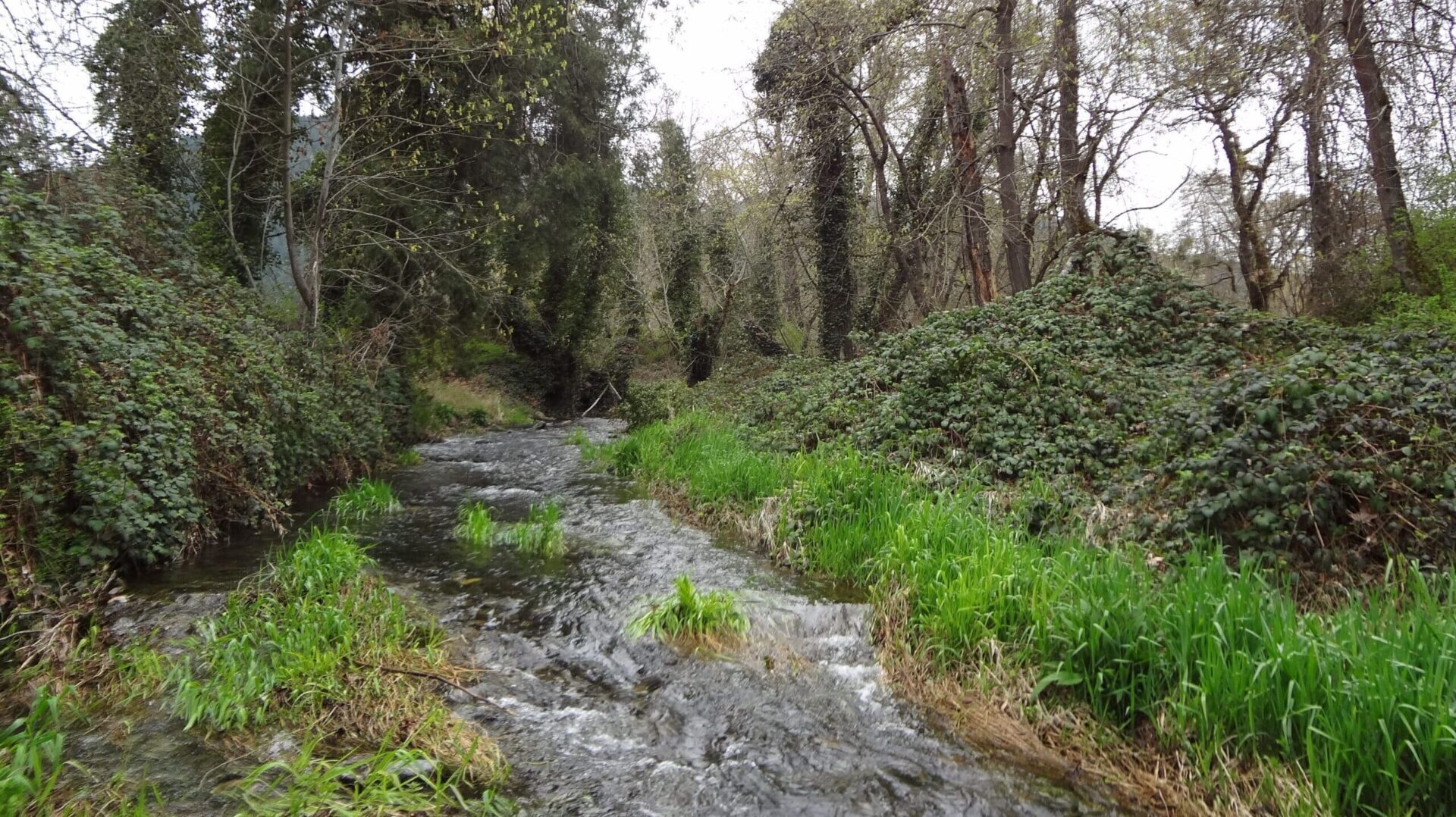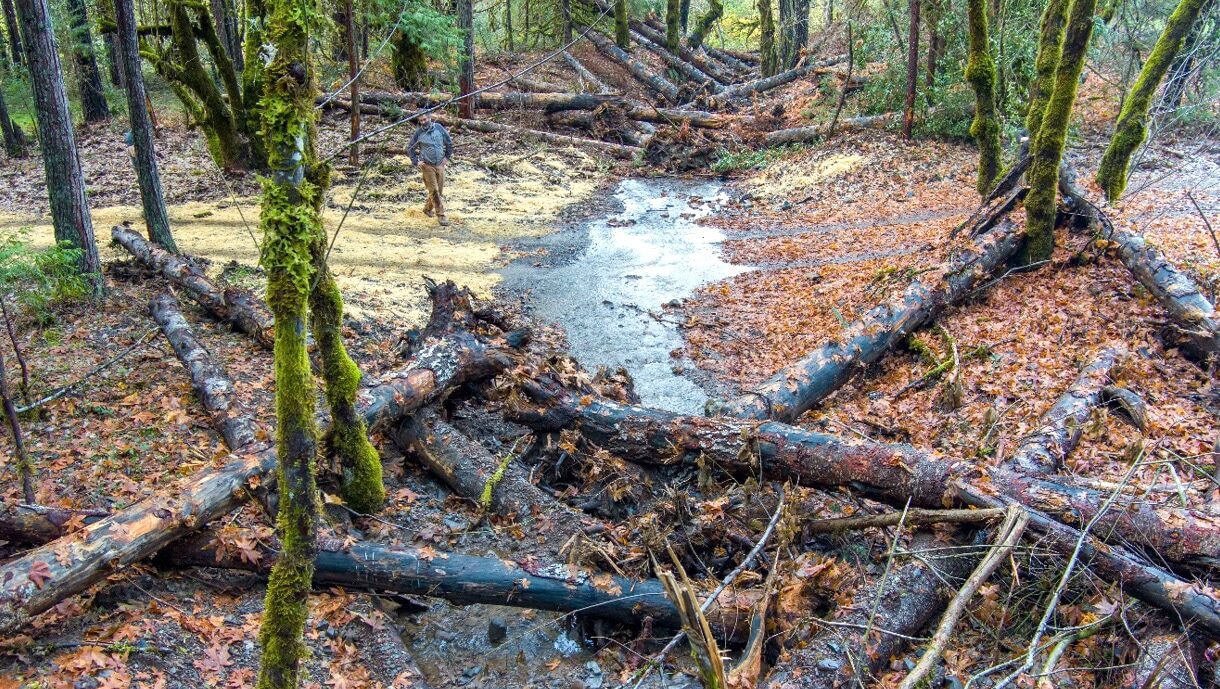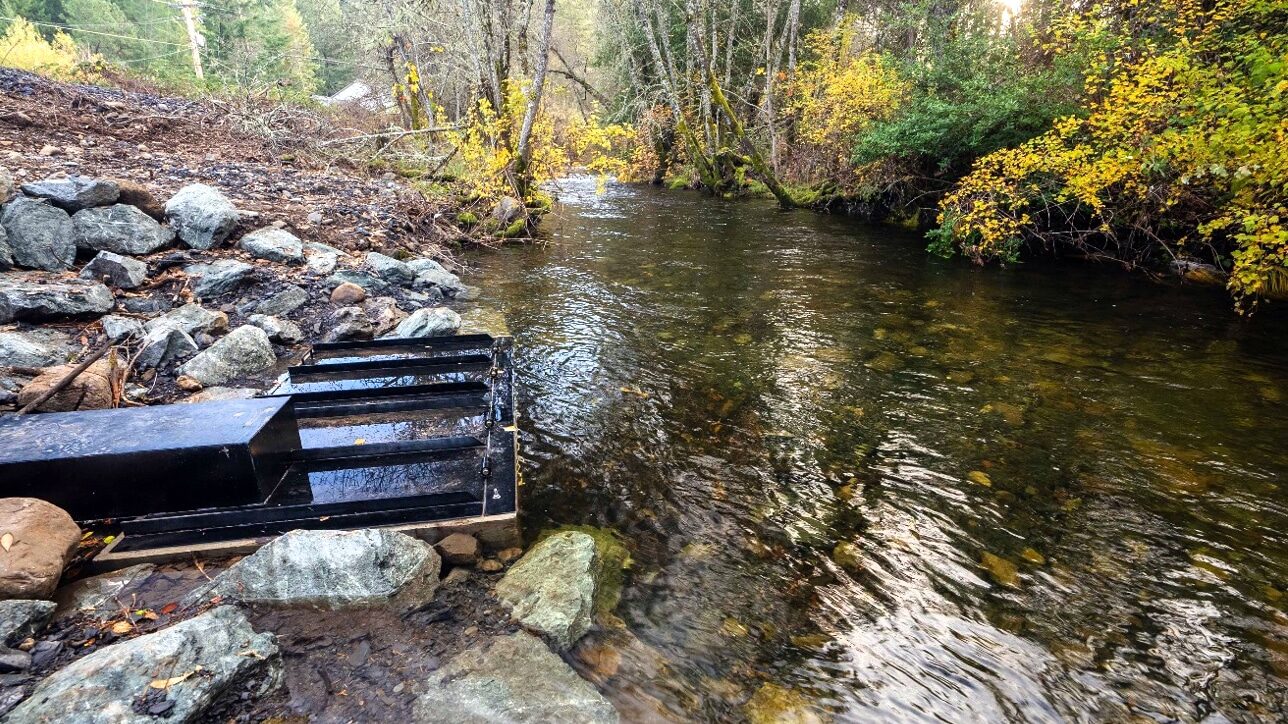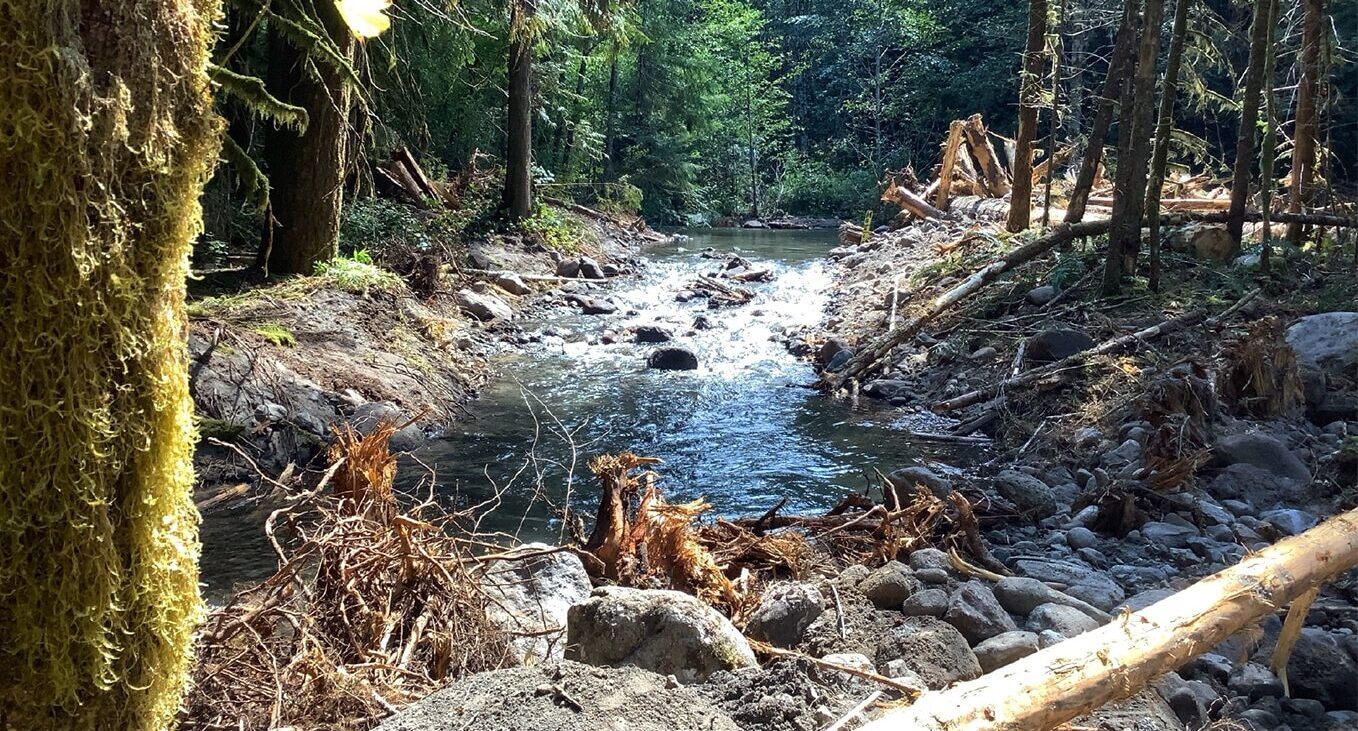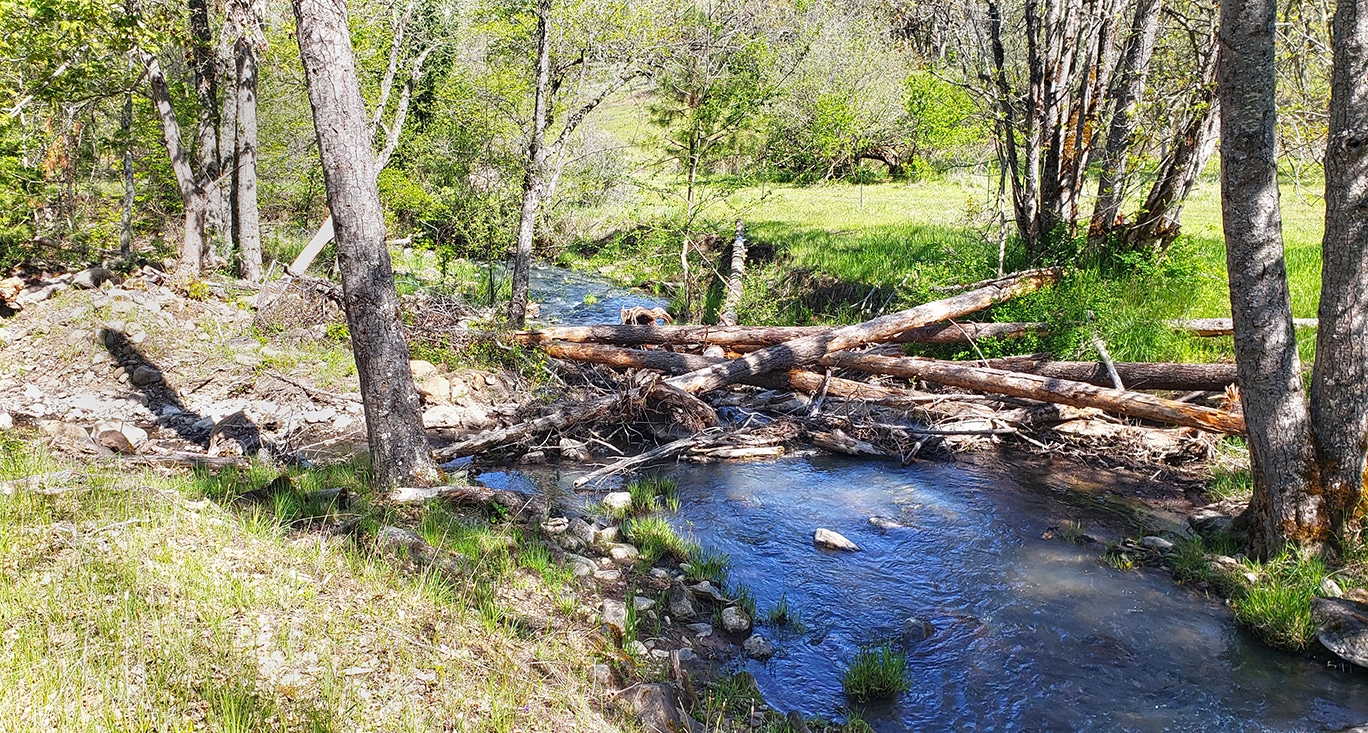Blue Sky Habitat Fund
Pacific Power’s Blue Sky Habitat Fund provides residential and small business customers with the ability to make a difference in two meaningful ways. With this option, participating customers purchase and support renewable energy, while also helping to restore and preserve habitats for Oregon native fish, including salmon, through an automatic $2.50 monthly donation.
The donations are given to The Freshwater Trust to administer multiple grants that restore habitat in Pacific Power’s service area. We coordinate the funds provided by Blue Sky Habitat participants to match their donations with grant dollars, allowing them to make an even larger impact through their projects across the state.
Apply now to receive Blue Sky Habitat funds. Eligible projects will restore and protect habitat to benefit native, sensitive, threatened, or endangered fish in Oregon. Applications due May 31, 2024.

